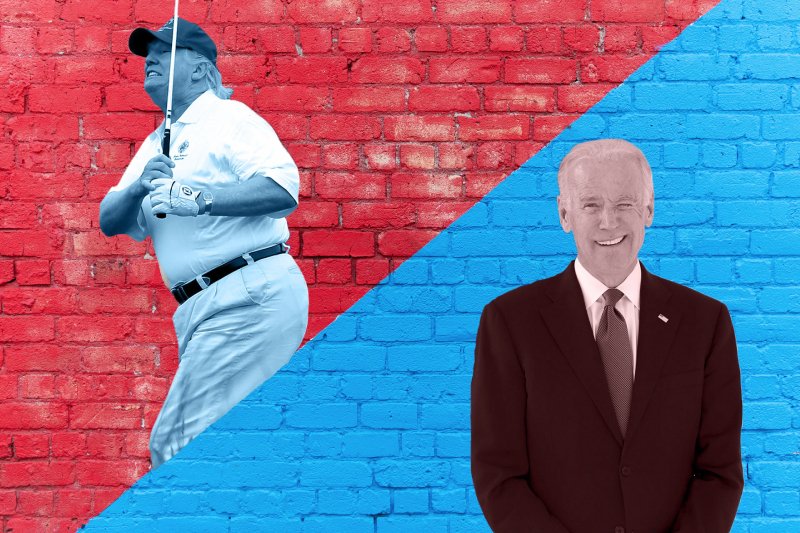The winner of the race for the White House will face a generation of low-to-middle income Americans struggling to get back to work because of a health crisis not seen in more than 100 years.
Whether it’s President Donald Trump or Democratic challenger and former Vice President Joe Biden, the reality is grim: about half of the 22 million who lost their jobs during the pandemic are still out of work.
New hiring is slowing, dimming prospects for the low-wage workers hit hardest by job losses. Infections of the virus that killed more than 225,000 Americans are rising to new records. Hotels, transportation companies and food providers warn that more layoffs are coming, and the government aid that helped many pay the bills is long gone.
Securing a future for a vast, growing underclass “is the most important challenge America faces over the next few years, 10 years, 20 years,” said Gene Ludwig, a former comptroller of the currency under President Bill Clinton and author of “The Vanishing American Dream,” a book about the economic challenges facing lower and middle-income Americans.
“We cannot sustain a democratic society that has these kinds of numbers of low and middle-income people that aren’t able to have a hope for the American dream and live decently.”
Congressional Democrats and the Trump administration have been trying to negotiate a $2 trillion coronavirus aid bill, but many Senate Republicans object to the cost and question whether more stimulus is needed. A deal may not be reached until early 2021.
























